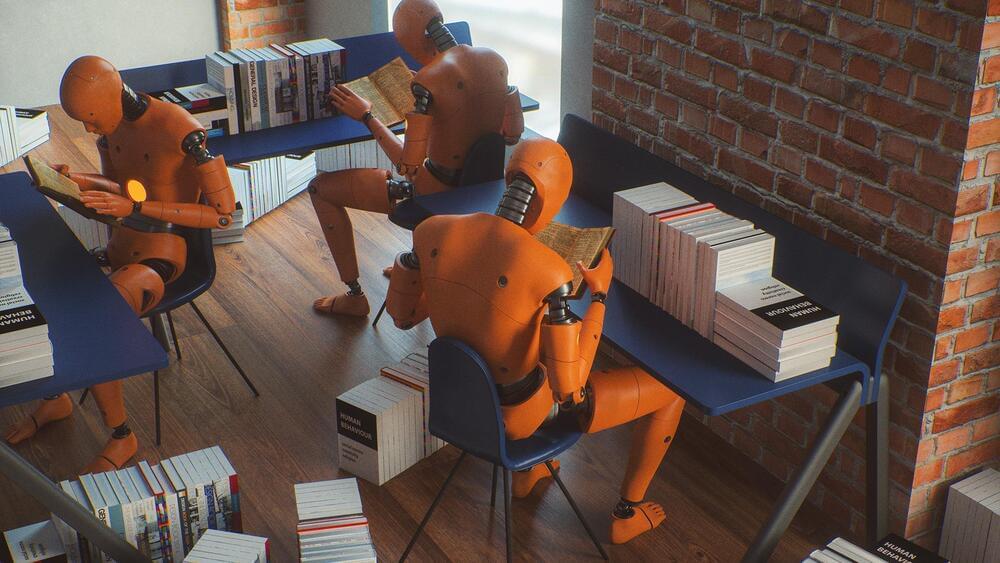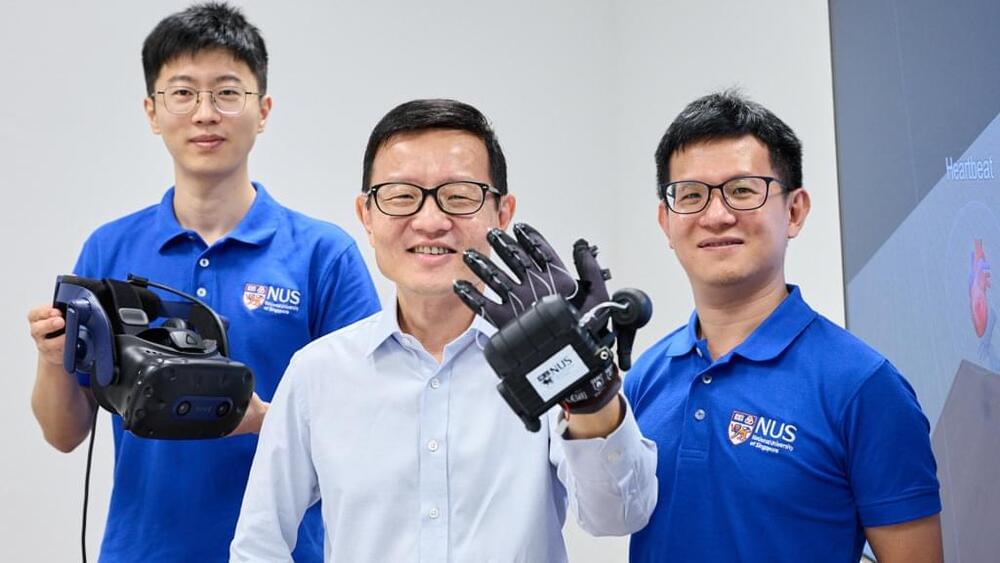Get a glimpse of the future and be amazed by the technological advancements that await us in the year 2100. Our video features top 10 predictions that will shape the world of technology in the next century. From fully immersive virtual reality to advanced artificial intelligence and nanotechnology, this video is packed with exciting insights.
We’ll dive into the possibilities of space colonization and teleportation, explore the potential of augmented reality and fusion energy, and look at the rise of robot assistants and mind uploading. Get ready to be amazed by the holographic displays that will take virtual experiences to a whole new level.
This video is perfect for anyone who wants to stay ahead of the curve and be informed about the future of technology. Subscribe now and turn on the notification bell to never miss an update. Optimize your viewing experience by turning on closed captions.
Leave a comment and let us know which prediction you’re most excited about. Join the discussion and share your thoughts on the future of technology. Don’t wait, watch now!



